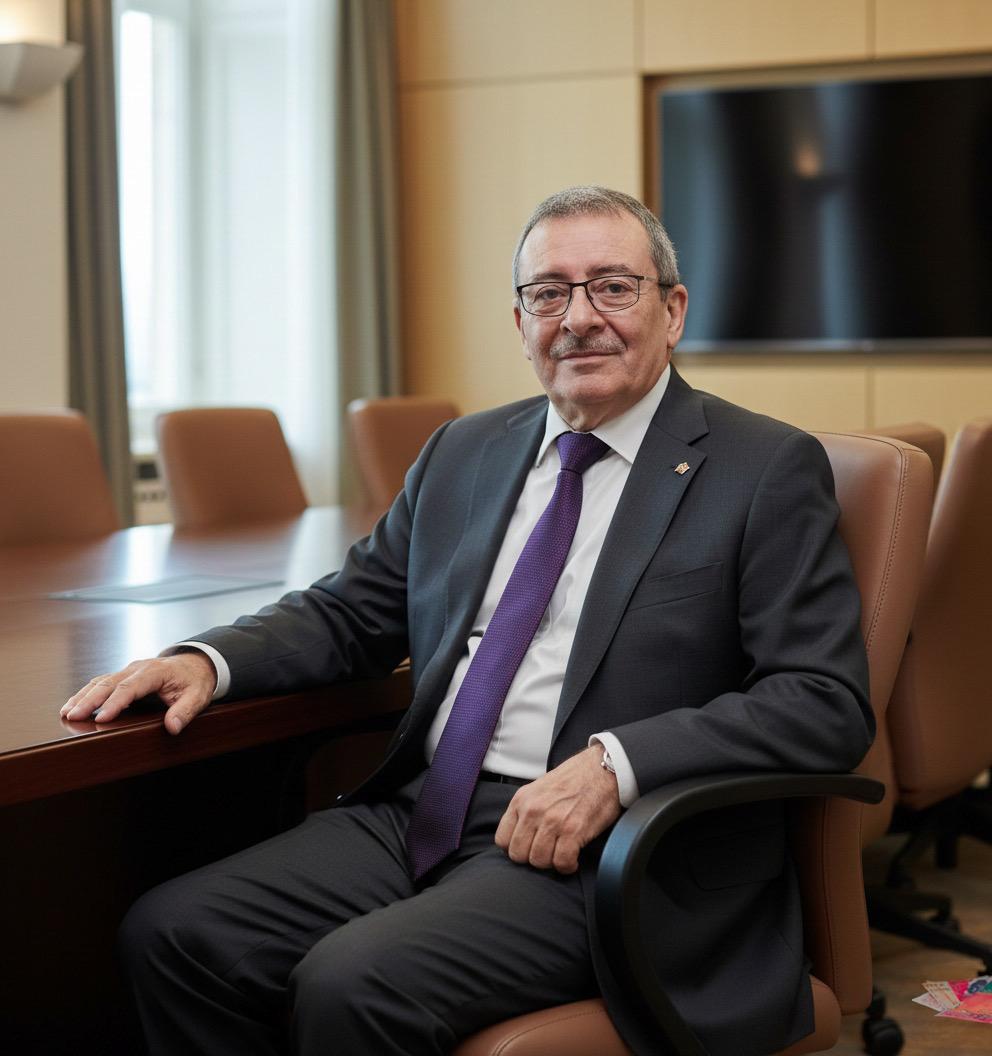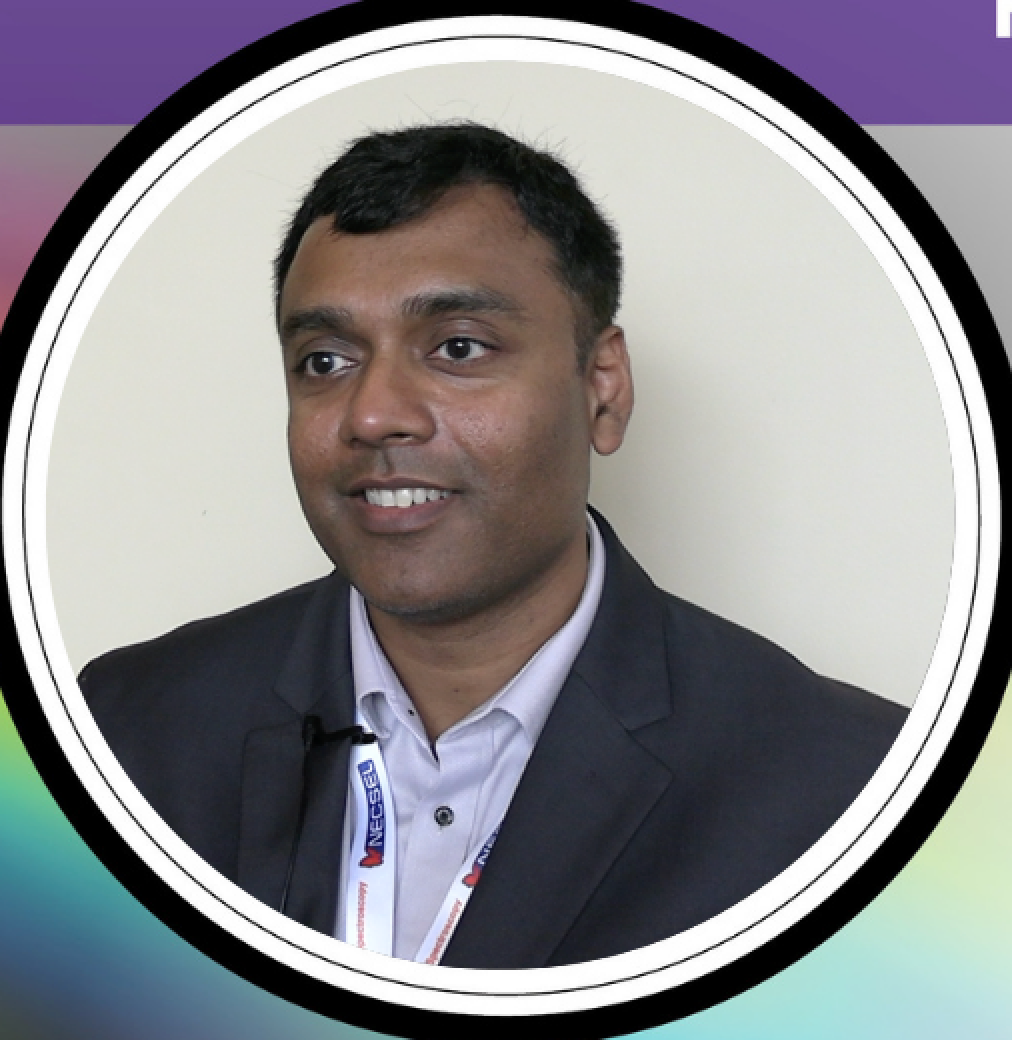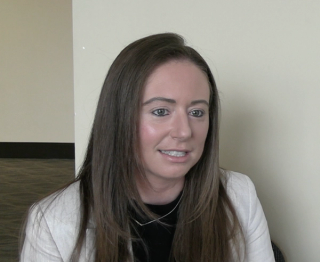
Spectroscopy Interviews
Latest News

In this edition of “Inside the Laboratory,” Maryam Shakiba and Santiago Marin of the University of Colorado Boulder discuss the findings of their latest paper, which provides a predictive framework for understanding and forecasting long-term thermo-oxidative degradation in polyimides.
Latest Videos

Shorts




More News

In this segment, Bell addresses the key barriers that are preventing SERS from being more widely adopted in complex environments.

In this interview, Yingchan Guo of the University of Florida discusses high-throughput IMS and identifying fatty acyl chains of lipids using mass spectrometry, particularly in matrix-assisted laser desorption ionization (MALDI) imaging.

In this interview segment, Prashant Jain, who is a G. L. Clark Professor of Physical Chemistry at the University of Illinois Urbana-Champaign (UIUC), discusses the implications of his study’s findings, highlighting how they advance our understanding of light-driven hydrocarbon formation pathways and plasmonic catalytic events.

Spectroscopy sat down with Renee Romano, a graduate student at The Ohio State University, to discuss the broader implications of her findings, including how they demonstrate the potential of Raman spectroscopy for in situ, real-time monitoring of plant–microbe interactions without destructive sampling.
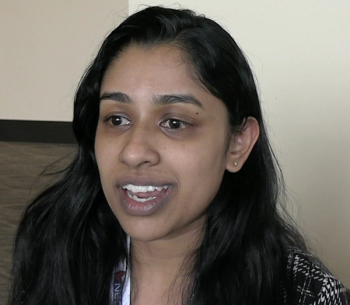
In this exclusive interview, Nishadi Nadeeshani Moragoda Liyanage, a graduate student at The Ohio State University, outlines how the results of her study help advance our understanding of plasmon-induced electron transfer and its applications in nanoscale optoelectronic and catalytic systems.
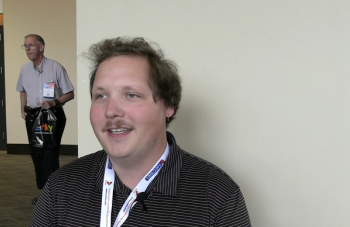
As part of our coverage of the SciX Conference, Spectroscopy sat down with Witte, a graduate student at The Ohio State University, to talk about how machine learning (ML) algorithms can differentiate between spectral features associated with radiation dose and those reflecting temporal changes post-exposure, as well as the benefits of using Raman spectroscopy to detect and quantify radiation-induced molecular changes.

At SciX, Zac Schultz of The Ohio State University sat down with Spectroscopy to discuss his work characterizing molecular interactions with localization microscopy techniques, as well as give his thoughts about how spectrally resolved surface-enhanced Raman spectroscopy (SERS) imaging will impact in vitro cell imaging and other application areas.

In this interview segment, Prashant Jain of the University of Illinois Urbana-Champaign discusses the unique reaction pathways observed in light-driven chemistry on nanoparticles, particularly in CO2 reduction, and the insights gained into the quantum mechanical mechanisms of these reactions.
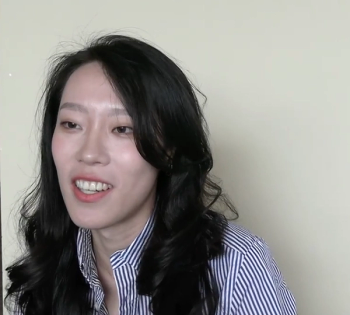
In this interview segment, Yingchan Guo previews her talk on Thursday and highlights some of the research projects that are ongoing in the Prentice Research Group at the University of Florida.

In this interview segment, Steven Bell, a professor of physical chemistry at Queen's University Belfast, provides an overview of his talk, and he also outlines what attendees can look forward to at this technical session, highlighting the list of speakers and their research interests.
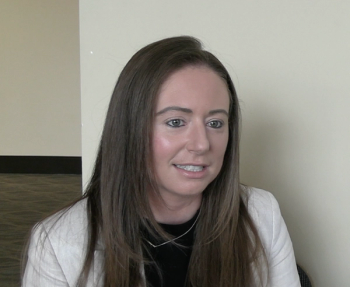
In this video clip, Fay Nicolson, who is a Research Fellow at the Dana-Farber Cancer Institute and Harvard Medical School, highlights an oral session she is chairing tomorrow that will feature talks about the use of spectroscopy in disease management.

In this interview clip, Yingchan Guo of the University of Florida previews her talk on Tuesday and gives her reaction of the conference thus far.

In this interview segment, Prashant K. Jain, a G. L. Clark Professor of Physical Chemistry at the University of Illinois Urbana-Champaign (UIUC), recaps his award plenary talk that he delivered at the SciX Conference this year.
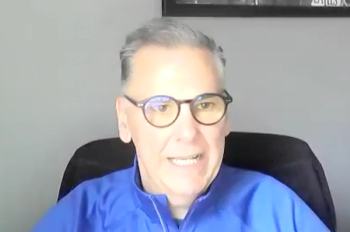
As part of our coverage of Analytica USA, Spectroscopy sat down with Ian Ciesniewski, technical director at Mettler Toledo, to discuss the latest changes made to the United States Pharmacopeia (USP) Chapters 41 and 1251. In this interview segment, Ciesniewski discusses how the recent changes to these two chapters will impact organizations.

Besides the technical program, which encompasses plenary talks, poster sessions, short courses, and many contributed oral presentations, SciX also has several social events for attendees to enjoy in the evenings during the conference week. We highlight these social events here.

In the final part of our conversation with Leonardos “Leo” Gkouvelis, we discussed what happens when opposition effects are ignored when studying exoplanets and how it impacts our understanding of their surface composition.

In a continuation of our conversation with Leonardos “Leo” Gkouvelis, who is in the Faculty of Physics at Ludwig Maximilian University (Munich, Germany), we discussed the phenomenon of shadow hiding and coherent back scattering in astronomy, particularly in the context of observing celestial bodies like the moon and exoplanets.

In this interview segment, Leo Gkouvelis of Ludwig Maximilian University discusses the opposition surge effect and how his study explored a new method for modeling the opposition surge effect in studying exoplanets.

In Part 2 of this “Inside the Laboratory,” feature on George Shields, a professor of chemistry at Furman University and the founder and director of the Molecular Education and Research Consortium in Undergraduate Computational ChemistRY (MERCURY), Consortium, we discuss his research into computational approaches to improve our understanding of molecular behavior in both biochemistry and atmospheric chemistry and his work applying replica exchange molecular dynamics (REMD) for breast cancer drug design.

In this edition of “Inside the Laboratory,” George Shields, a professor of chemistry at Furman University and the founder and director of the Molecular Education and Research Consortium in Undergraduate Computational ChemistRY (MERCURY), discusses the goal of MERCURY and some of its most recent projects

In this interview segment, Robert Ewing discusses how his contactless method improves on traditional drug detection techniques and how the VaporID technology remains adaptive to emerging synthetic variants.

In Part II of our three-part interview with Robert Ewing, he reviews the results of the Nogales border test.

In the first part of a three-part interview, Robert Ewing discusses the core technology behind the VaporID system, explains how the system differs from current IMS systems, and describes the challenges the team faced in miniaturizing the VaporID device into a portable, microwave-sized system.

We sat down with top researchers in analytical spectroscopy to discuss their work, insights, and the paths that brought them here.

In this edition of “Inside the Laboratory,” Brett McGuire of the Massachusetts Institute of Technology (MIT) discusses his laboratory’s work in astrochemistry.

